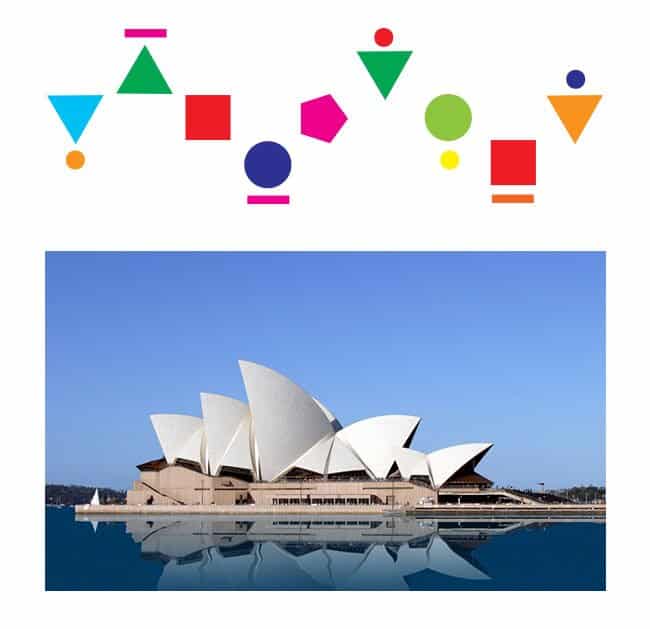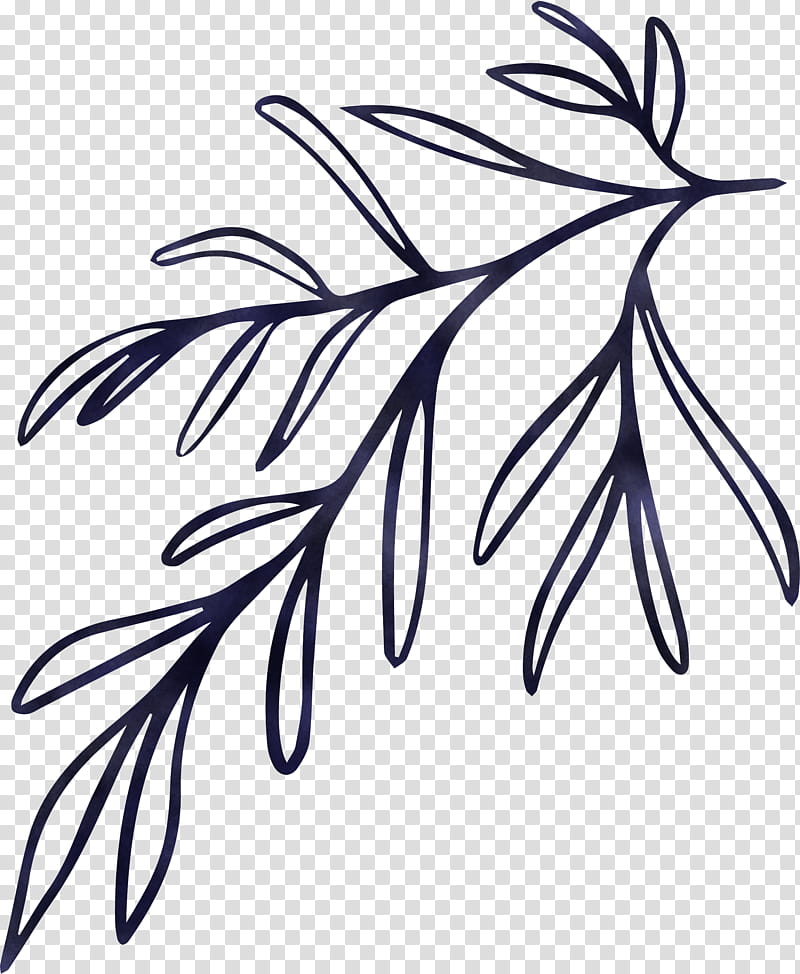Table Of Content

This principle is crucial in sustaining viewer interest and providing a seamless experience throughout the visual communication. Repetition is an essential principle of design that involves the consistent use of visual elements throughout a composition. This principle strengthens a design by tying together disparate parts to form a cohesive whole. By repeating colors, shapes, or textures, designers create rhythm and unity, making the overall experience more harmonious and visually appealing.
Design Principles: Repetition, Pattern, and Rhythm
Rhythm in art is a powerful tool that can draw viewers into an artwork and create a sense of harmony and connection. In this article, we will explore the meaning of rhythm in art, how it can be achieved through visual and auditory elements, and provide some examples of its application. As a principle of art, emphasis refers to the area of an artwork that dominates attention or draws interest. Artists create emphasis by contrasting the elements of art, such as color or shape. Knowing the elements and principles of art boosts visual literacy.
Teaching the Elements of Art and Principles of Design
Whether it be in architecture or web design, the use of recognisable, repeating imagery or patterns allows users to identify their place within a wider structure. It creates consistency, especially in web design tools, where things like colors and buttons need congruence to build trust and familiarity. Also known as "white space," this design element uses space as part of the design. It can also use the other elements to create the illusion of added information, which tricks the eye into thinking something is there. In this example of unity in art, Botero creates unity through subject matter, through rhythm, and through repetition of form, shape, and color.
How to create rhythm in art
These are just a few examples of how repetition can be used in art to create stunning and memorable works. By utilizing the power of repetition, artists can create visual interest, convey emotions, and push the boundaries of their craft. By utilizing these different types of patterns, artists can create a variety of visual rhythms to evoke different emotions and moods.
Left: "Turning Torso", sculpture by Calatrava.Right: Calatrava's design... Download Scientific Diagram - ResearchGate
Left: "Turning Torso", sculpture by Calatrava.Right: Calatrava's design... Download Scientific Diagram.
Posted: Thu, 13 Jun 2019 17:47:17 GMT [source]
By transitioning from one element to another gradually, the viewer is able to take in the entire piece without abrupt changes that may feel jarring or disorienting. This allows viewers to take in the entire painting at once, while simultaneously experiencing its different components up close. The use of gradual transitions creates an aesthetically pleasing visual experience for onlookers. This technique creates a sense of chaos and unpredictability that is characteristic of the random rhythm in his work.
Unity in Art Resources
Building the right hybrid work rhythm for your organization - EY
Building the right hybrid work rhythm for your organization.
Posted: Thu, 30 Jun 2022 07:00:00 GMT [source]
Allows for content and ad personalization across Google services based on user behavior. When you consider using patterns in your web or app design, you’ll want to think about the pattern’s complexity. While it might seem like a nice idea to tile a single image as a background, this can make it much harder to read the text that lies over the pattern.
There are various techniques used to create visual and auditory rhythm in art, depending on the artist's medium and style of expression. An example of regular rhythm in art can be seen in the work of Dutch artist Piet Mondrian. When applied to an interior, design rhythm is achieved by the repetitive use of decorative elements. It is the way that order, interest and focus are introduced to a space and helps to lead your eye throughout the room. Knowing these elements and principles will help you see beyond what's tangible and produce more professional designs.
Breaking the Repetition: Balancing Unity and Variety
This image is a great example of form because we can still see that it's made up of shapes; only some have shadows and texture, which gives them form. You'll learn each visual element from point to texture and how they contribute to creating a visual composition. In this example of symmetrical balance in art, each animal on the left has its equal counterpart on the right.
Why are the Elements and Principles of Art Important?
In unity blog post, you will find more examples of unity in art created with shape/form, color, texture, line, style, and in architecture. Unity, also known as harmony, is a design principle that refers to the cohesiveness of an artwork—how whole, consistent, and complete it appears. Unity in art is not necessarily just a repetition of the same element over and over again, but it is the pleasing combination of elements to create a harmonious composition. As a principle of art, balance refers to the distribution of weight in a composition. While actual weight is a factor in sculpture and architecture, the principle of balance most often refers to the visual heaviness of shapes and forms in an artwork. An artwork’s balance affects the equality and tension of the composition and can lend a feeling of calm or chaos to the work.
Also, you can use patterns for backgrounds to add texture and consistency, and you can deploy them to deliver consistency between pages of the same type. It’s very common for homes to have different types and colors of hardwood flooring or carpeting from room to room. One way to minimize the difference and create a cohesive rhythm from room to room is to use complimentary area rugs in each of the rooms. The direction of the road bending around the mountains in the distance leads the eye towards the sunset. Visual weight ensures things are evenly distributed, like this image of a beach with water and trees. There's enough balance throughout, thanks to the clouds and reflection in the water.
Rhythm is a principle of art that helps to create movement, structure and focus within an artwork. This creates a visual trajectory for the viewer that feels rhythmic. Some colours or shapes in an artwork will hold the viewer’s attention for longer, while others will act as negative space.

After you plan the composition, make sure to draw the outline of the painting before you start so you know how the different elements will fit together. In graphic design, rhythm refers to the relationship between elements in the piece and how they interact together. You can even use rhythm in the images you use on a site to maximize visual appeal, flow, and cohesiveness. You might not use identical images, of course, but you can place some that are similar in subject, shape, content, etc.
Variety mixes various elements and principles to add complexity yet visually appealing designs. It creates interest and detail in images and artwork to engage the audience. As a principle of art, contrast refers to the arrangement of opposite elements and effects. For example, light and dark colors, smooth and rough textures, large and small shapes. Contrast can be used to create variety, visual interest, and drama in an artwork. Varying the size of repeated elements can add a whole new dimension to your artwork.

Just like how a song that repeats the same melody can grow tedious after a while, a piece of art with an unchanging visual rhythm can feel monotonous. Just like a jazz musician who knows how to riff off a tune, you too can break the repetition and create a masterpiece that balances both unity and variety. Yayoi Kusama’s Infinity Mirrored Room is a mesmerizing installation that features multiple reflective surfaces and tiny lights. The repetition of the mirrors and the lights creates a sense of infinity and gives the viewer a feeling of being lost in space. By repeating the same elements over and over, Kusama creates an immersive and otherworldly experience.

No comments:
Post a Comment